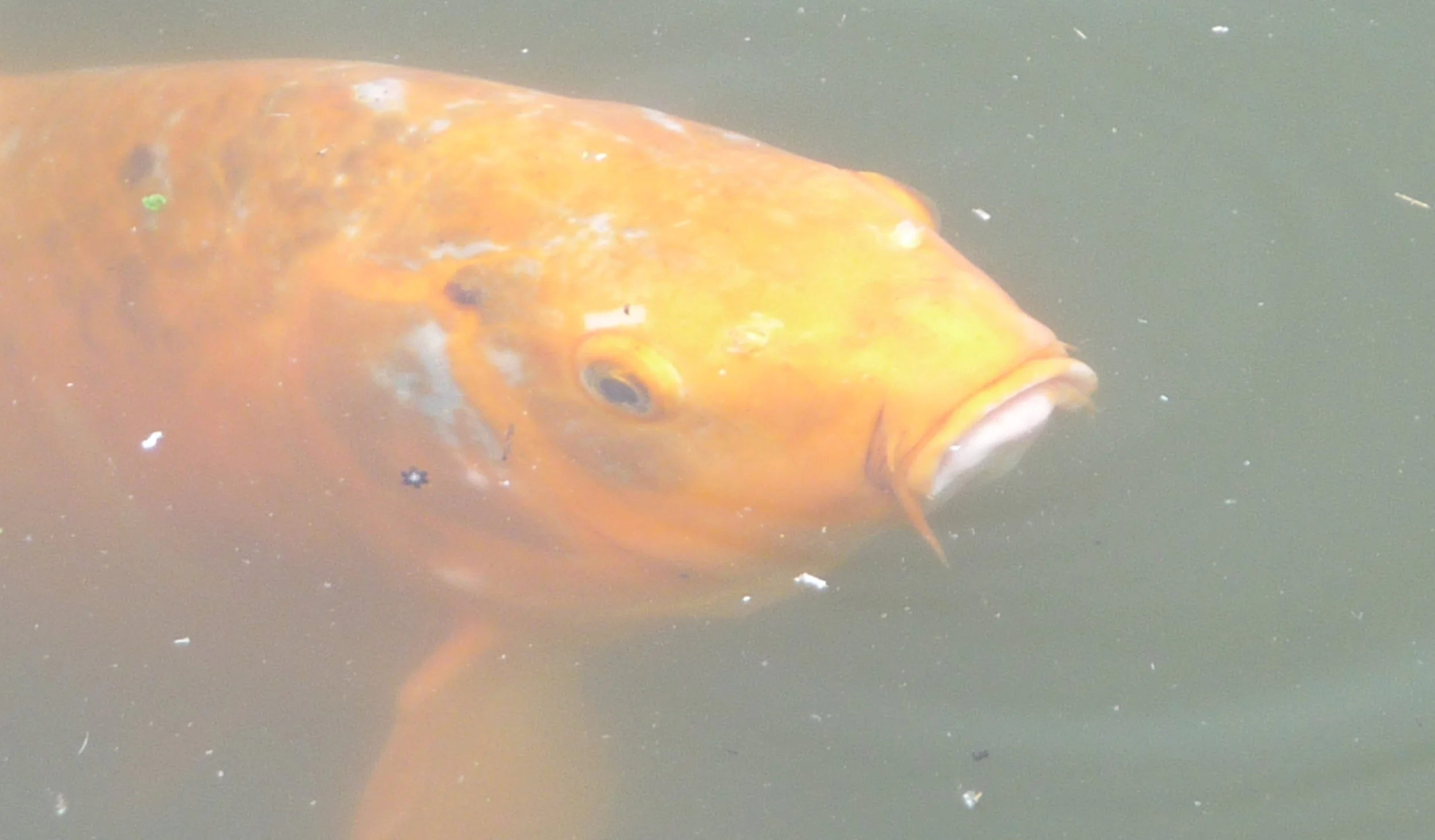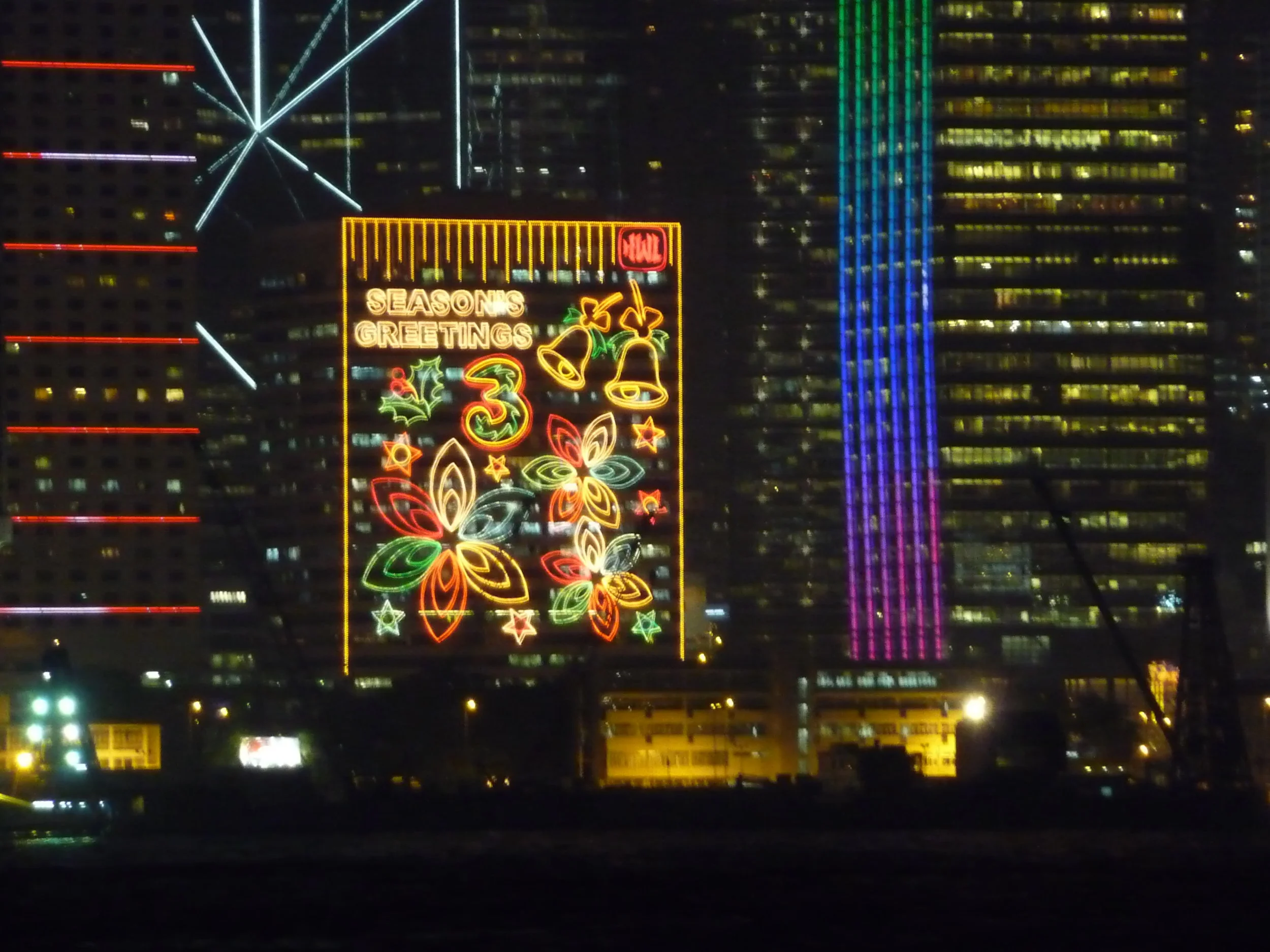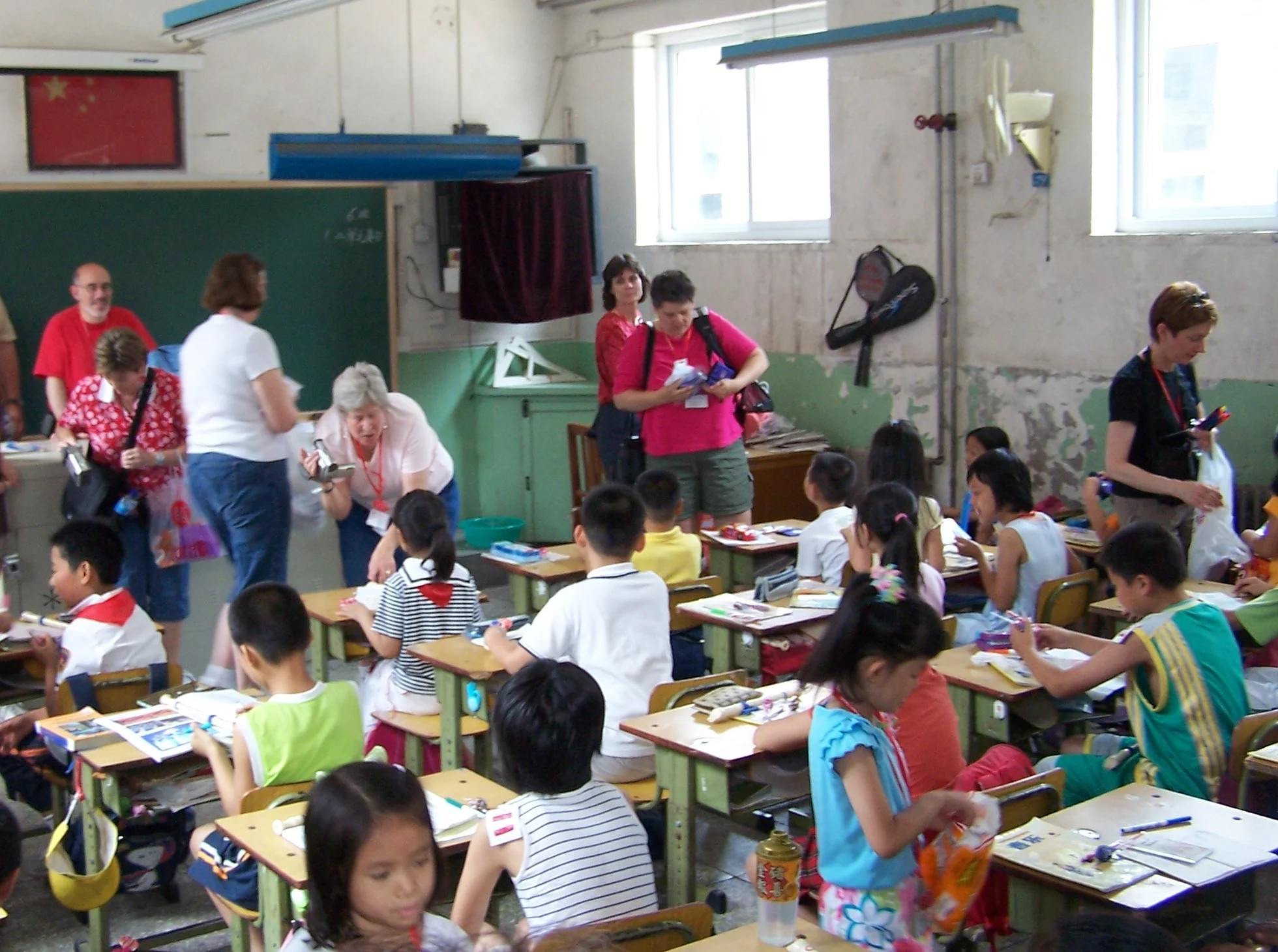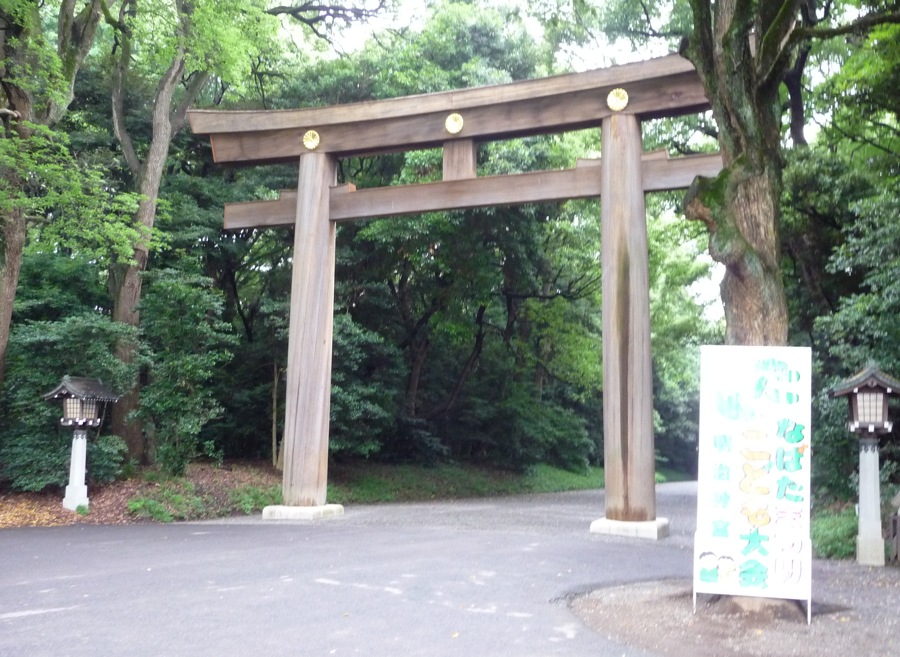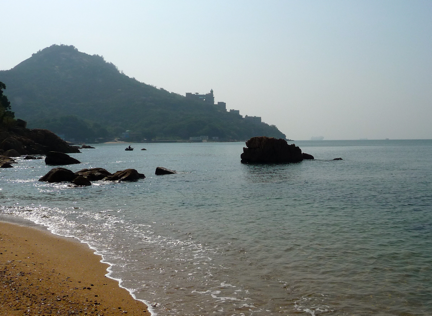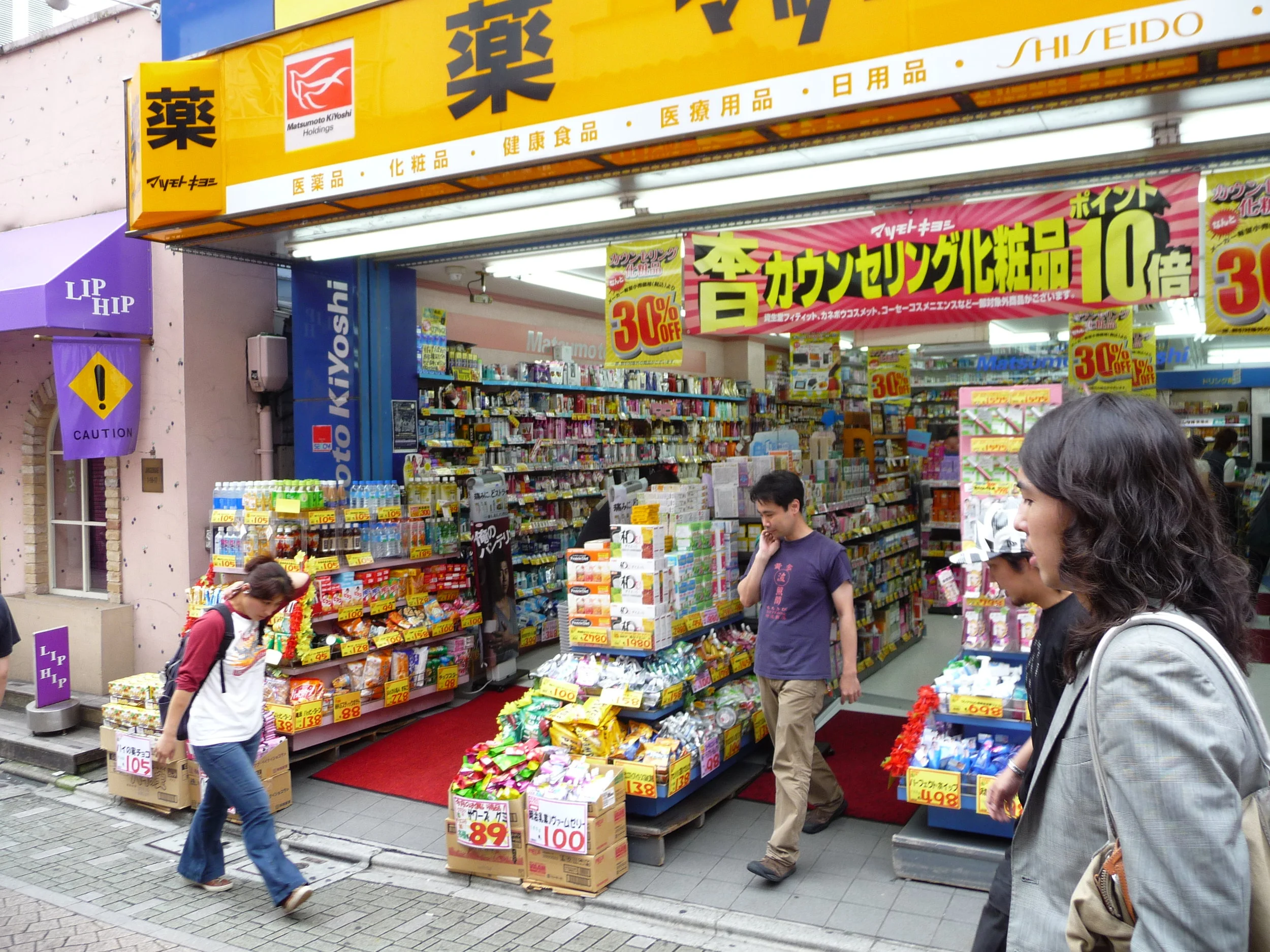Beijing - Forbidden City
/Where: according to the Emperors, the center of the world and the gateway to heaven. By GPS, the middle of Beijing.
When: June 2007
As an American, the thing about visiting historic sites in China is the split sense of historic time you perceive.
The building sites are literally older than our country; we have no family lineage or cultural institutions of our own that can compare. There was urban sophistication, advanced manufacturing, and military strategy underway here a thousand years before the Europeans could figure out how to make a useful roadway.
But at the same moment, you also realize the Chinese state (until the last two generations) has not cared much about historic preservation; not until tourism actually became big business. So many places you’ll visit are elaborate reproductions or re-builds of things that had faded away or become foundation bricks for something else. (At Badaling, you aren’t actually standing on stones hundreds of years old… maybe 40 years, tops?)
Walking through the Forbidden City magnifies this dual perception. Yes this is where the emperors lived; yes these are real palace treasures. No they didn’t have a café in the middle of the complex, nor did they have a gift shop strategically placed before the northern exit.
You may see construction crews at work during your visit. How old are those roof tiles, dragons, and pavers, anyway? Are the painted ceilings careful restorations like in Rome, or is that a fresh coat of Sherwin-Williams?
Battles have been fought inside these walls after all, and the Red Guards undoubtedly did massive damage in the 1960s-70s. So what is *real* and what is invented?
I don’t know. They’re not going to tell you. Does it really matter?
This is where the history happened. Things changed and continue to change. Your appreciation of the place, in the end, depends on acknowledging the duality of time and taking the scene as it comes. Appreciate the story being presented, even if all the props on stage aren’t 100% authentic.
How to get there
Frankly, you can’t miss the place. All roads lead here, or something like that. And if you’re part of an organized tour, you will be coming through.
If you’re traveling on your own, the Beijing Subway is your best bet: Line 1, Tiananmen East or Tiananmen West stations.
Nearby accommodation and activities
There’s no shortage of things to do in the nation’s capital: the Temple of Heaven and Qianmen neighborhood south of Tiananmen Square; Jingshan Park and Houhai Lake and the hutong district to the northwest; the Summer Palace and Olympic Park further out; and of course the Great Wall at several locations to the north.
The Wangfujing district just east of the Forbidden City is a family-friendly hub for hotels, shopping, dining, and nighttime entertainment. Respected hotel chains are represented there with:
Crowne Plaza Beijing Wangfujing
Novotel Peace Beijing Hotel
Park Plaza Wangfujing Hotel
The Peninsula Beijing (a chain usually priced out-of-reach for families, but rather reasonable rates at this location)
Lee Garden Service Apartment
NUO Hotel Beijing
Novotel Beijing Xinqiao

